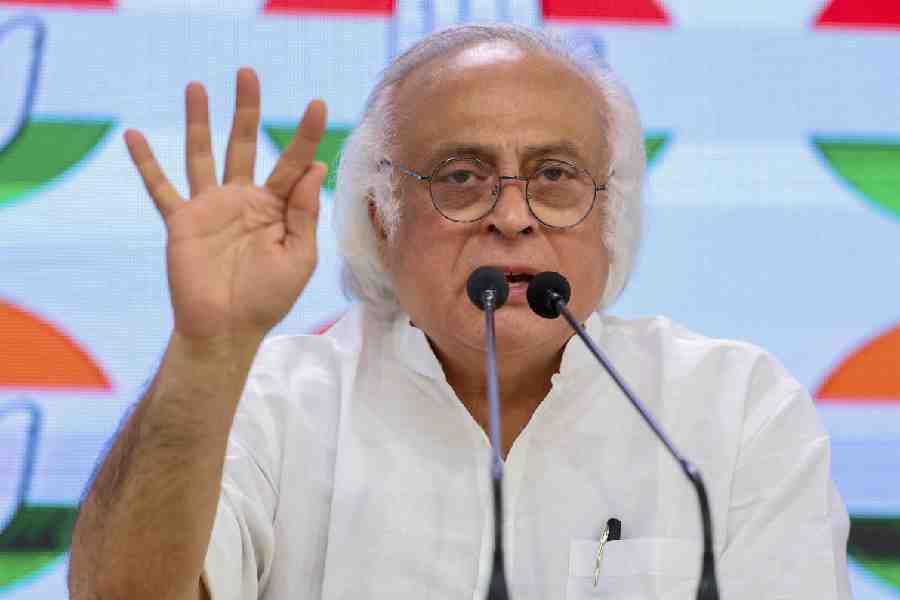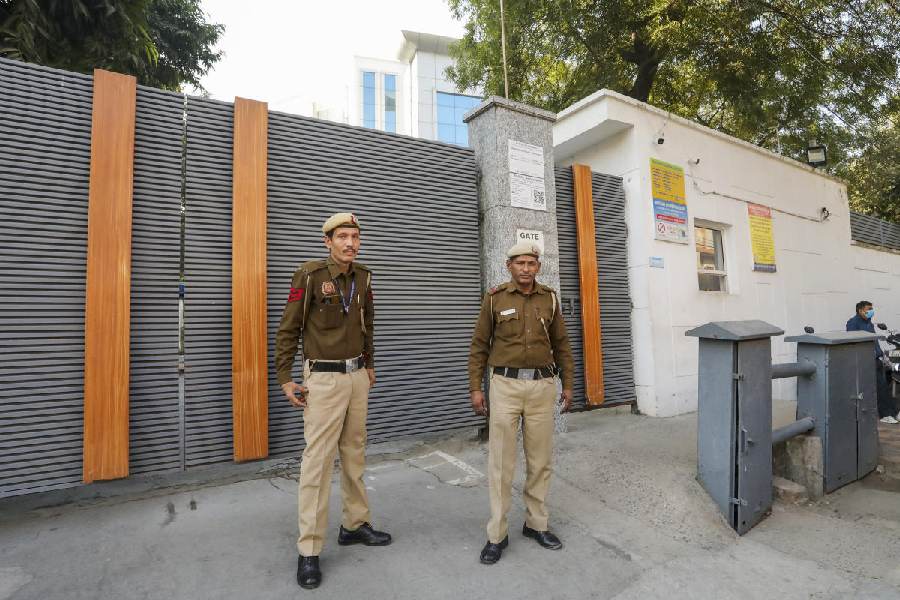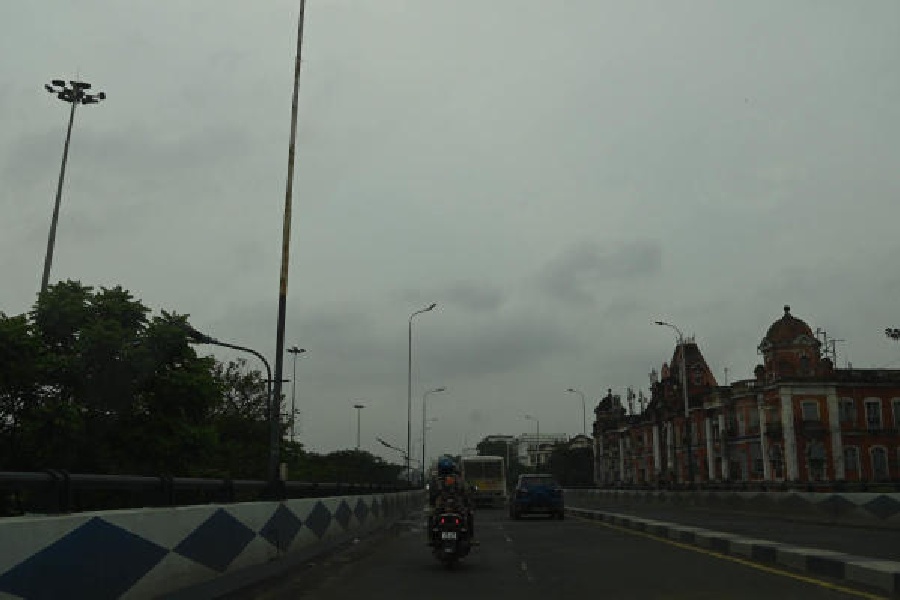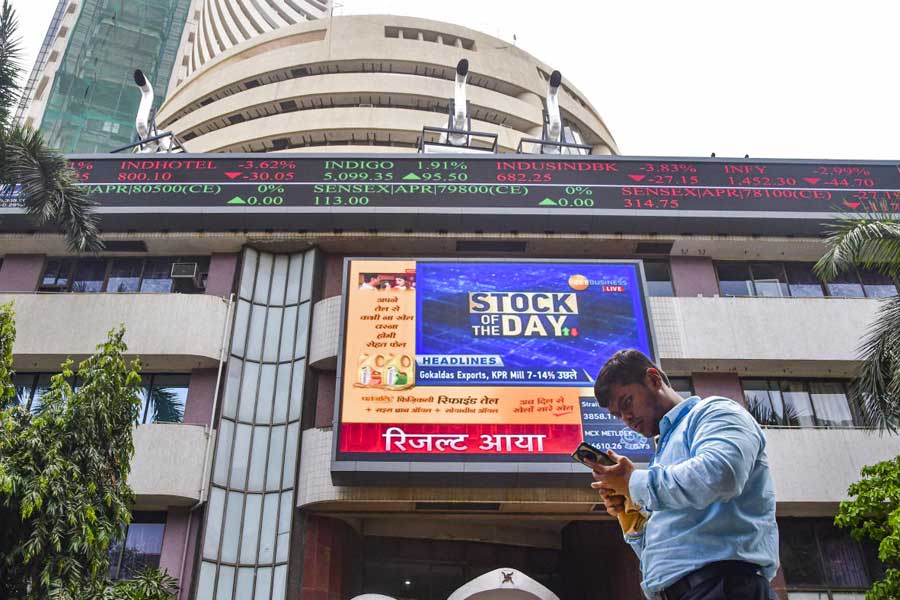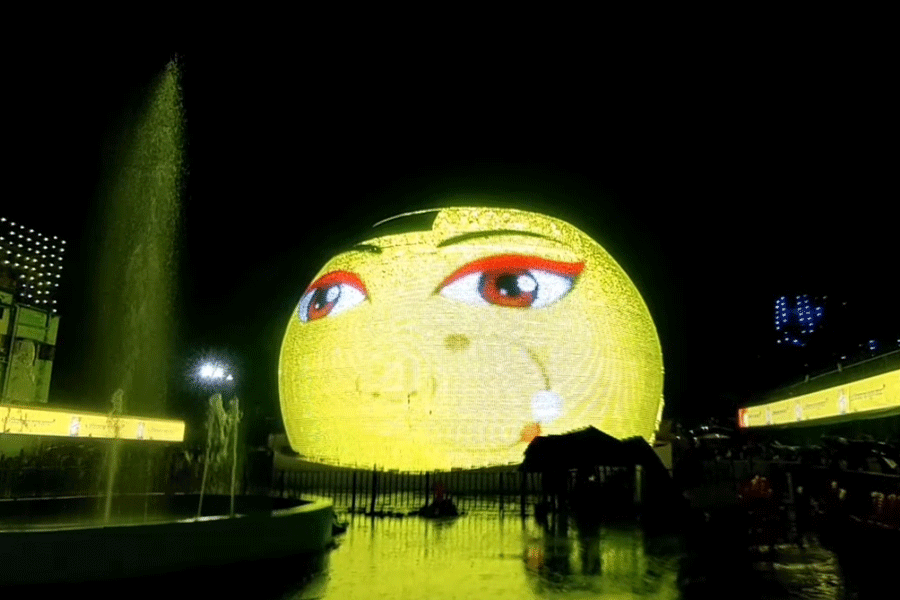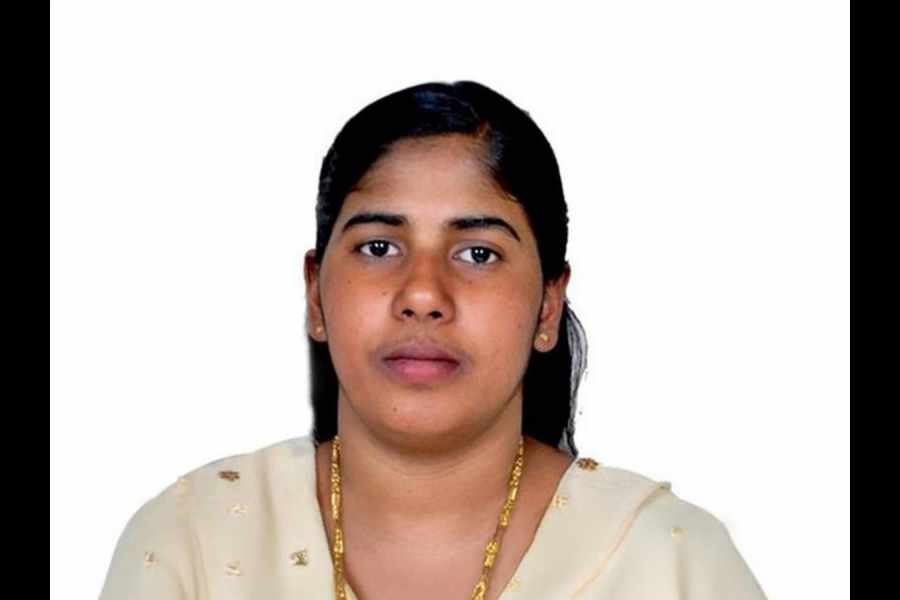 |
| I do see myself as an enabler. A facilitator that makes the sketch, or the idea discussed in the studio gets translated into the experience of seeing and viewing ~ Alessandro Vincentelli |
In India, and particularly Calcutta’s art world, anybody who organises an exhibition, gallerists included, considers himself a curator as most have vague ideas about this profession, which, even in West, has come to the fore only in recent times. The UK’s Independent comments about their current role: “…it is curators rather than artists who are now regarded as the real movers and shakers of the art world.”
That curators are making much noise these days was evident from the enthusiastic response to the recent Experimenter’s Hub organised by the eponymous gallery for the third year running. It attracted curators, artists and gallerists not only from all over the country, but Europe and the UK as well.
Alessandro Vincentelli, a curator of exhibitions and research at BALTIC Centre for Contemporary Art, Gateshead, the UK, was here on the invitation of the British Council. Vincentelli has developed and curated solo exhibitions with artists like Elizabeth Price, Steve McQueen, Sam Taylor-Wood, Ed & Nancy Kienholz, Yoko Ono and Bani Abidi, to name a few. He worked as co-curator of the Turner Prize in 2011 when BALTIC hosted the Turner Prize. In 2009 he developed a group show exhibition titled A Duck for Mr Darwin, which examined — often in a mock serious tone — Charles Darwin’s legacy to mark the 200th anniversary of the publication of The Origin of Species.
During a conversation with Metro, Vincentelli said, when it came to choosing artists for an exhibition, “Earlier, people with power” were engaged in “cherry picking”. Being in a public institution, it was his job, he said, to enable artists and “find the mechanism to tell their stories”.
 |
| EUGENICS IN VICTORIAN TIMESMark Fairnington’s Tally, oil on canvas on wood from the exhibition, A Duck for Mr Darwin.(Image Courtesy of the artist and BALTIC Centre for Contemporary Art, Photography by Colin Davison) |
Vincentelli made things clearer via email.
Who was the first curator to be taken seriously, and why?
I would say an important figure in the field of modern and contemporary art is the curator Pontus Hultén from Sweden, Stockholm. He was the director of the Modern Museet, Stockholm, in the 1960s and went on to be the founding director of the Pompidou in Paris. He made many important shows. Another person highly regarded for his relationships with artists was Harald Szeeman from Switzerland. He went on to curate extraordinary and important shows. The curator Okwui Enwezor, originally from Nigeria and former Documenta curator, is currently in Munich at Haus der Kunst, and continues to make great shows.
Do you consider yourself a mere enabler, or do you really take part in the process of making art?
I do see myself as an enabler. A facilitator that makes the sketch, or the idea discussed in the studio gets translated into the experience of seeing and viewing.
I think that there is a process of translation, of selecting and making choices for the space. This is enjoyable and engaging. It can be a dynamic and collaborative process. However, whilst there is a taking part in the making of art, that is not the emphasis that I would want to push or give it. The artworks and the ideas are always the artist’s. It is a more a mediation or a process to make an effective experience for the viewer.
How do you choose artists and themes thereafter? Or is it the other way round?
Themes emerge from work viewed and seen. I like group shows — where artworks from different media and forms can be brought together. It is about going out and looking, but also from identifying certain tendencies. So, for example, it could be the idea of collage and photography, and the influence of juxtaposition that takes you back to photomontage of the 1930s, or for example the way artists have used sound to create experience/installations. I also enjoy referencing connections to other moments in modernism or past avant-garde’s — this backwards and forwards movement is very pertinent at this point in time. It was pertinent to the showing of the Croatian artist David Maljkovic.
Visiting India is a chance to meet artists, see studios… so it is a way that that experience then filters back into thinking for exhibitions into the future.
 |
| Art deco classic Metro cinema |
What kind of show would you like to curate in Calcutta? You did mention the cinemas. I think that is a great idea.
I was more than struck by some of the modern and art deco buildings in central Calcutta. Noticing that some or many of these are no longer used, and probably likely to be replaced with new mall-like multiplex cinemas. Some of the old cinemas are in a poor state of repair. Yes, they struck me as fantastic forms encroached on, with real potential to be explored. I’d like to come back and put together a small film programme and perhaps draw together some artists working with images and printing that explored both the sound and atmosphere and the memory of place associated with the art deco cinemas.
Contemporary artists in India and certainly the ones I met in Calcutta know full well the skill and the trades (metal/ jewellery/ printing) that they have in the city. For example, I was hearing about the printing presses in north Calcutta. These skills can be made more visible, enacted by artists to make new contemporary works. Always great to see that. So yes, I have some ideas. It is important to recognise that a gallery like Experimenter can really trigger a wider conversation between things elsewhere/internationally and debates and discussions within in art/politics at home. This movement is not one way only. It can lead to new things, and genuinely, I believe, some new think.


